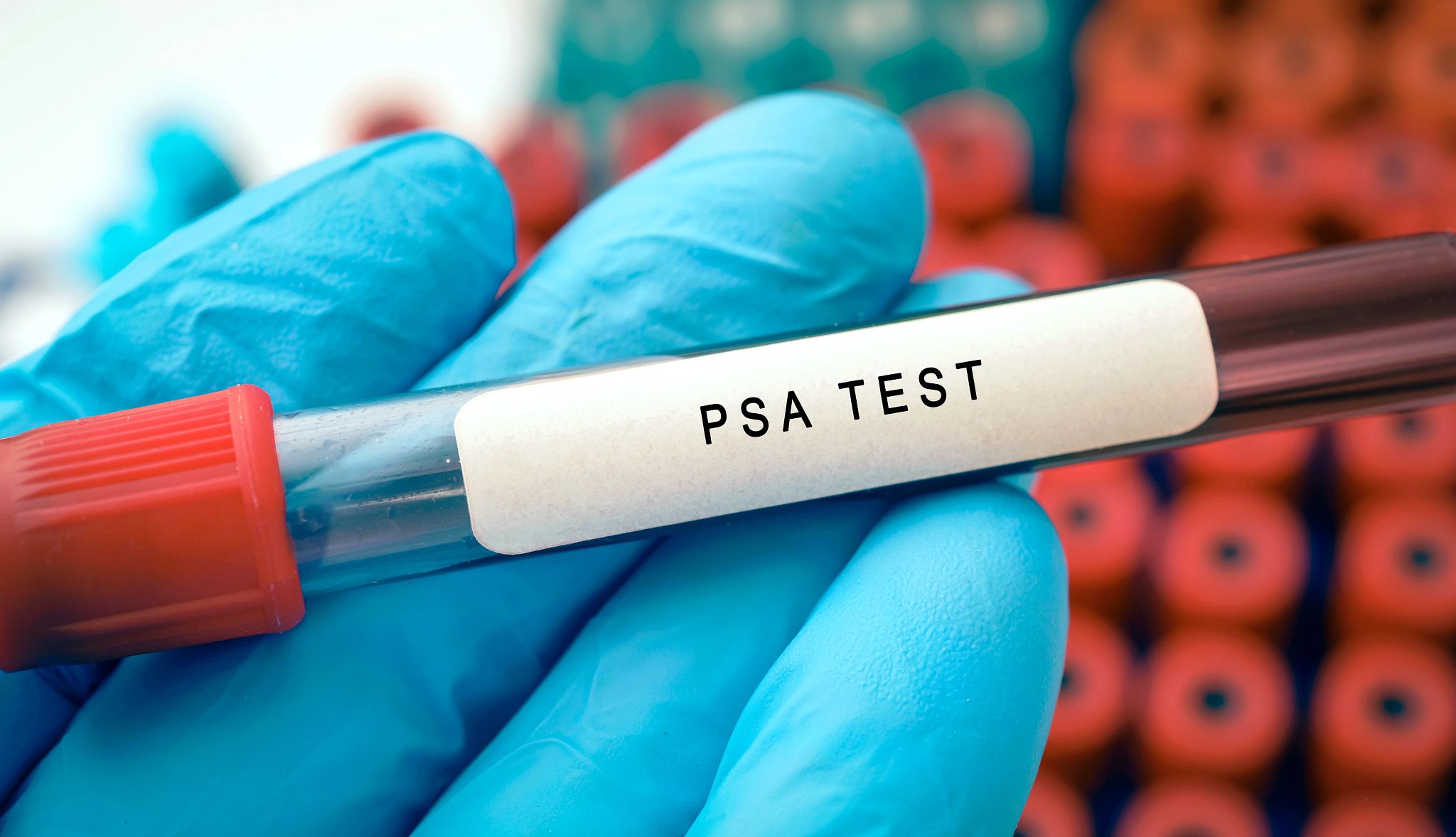AARP Hearing Center


As is the case for many cancer screenings, recommendations on who should get the test that can detect prostate cancer, known as the prostate-specific antigen (PSA) blood test, can become a bit of a gray area once you hit a certain age.
The United States Preventive Services Task Force (USPSTF), which publishes guidelines on medical practices, says that most men do not need the test after age 70. However, guidelines from other expert groups aren’t as clear with their age cutoff, and many doctors say that a man’s overall health status should also be considered when making screening decisions. This can be confusing for older adults who want to be proactive about their health and are used to more testing as they age.
There are merits and drawbacks to the PSA test, and “that’s for any age,” says Michael J. Morris, M.D., an oncologist at Memorial Sloan Kettering Cancer Center.
Know Your Prostate Cancer Risk
You may have a higher risk for prostate cancer and be a candidate for PSA testing if you are:
- Older. About 6 in 10 prostate cancers are found in men who are age 65 and up. The average age of men at diagnosis is 67.
- African American or Caribbean. If you’re African American or a Caribbean man with African ancestry, you have a higher risk for prostate cancer.
- Related to someone with it. Your risk is higher if a relative has had cancer, especially one diagnosed with prostate cancer before age 55.
While a PSA screens for aggressive forms of prostate cancer that warrant prompt care, it can also lead those with no cancer or nonaggressive forms of the disease to unnecessary testing and overtreatment. For example, prostate biopsies can result in infections and trouble urinating, and prostate cancer treatments can cause urinary, bowel and sexual issues, which may not be worth the risk for men who have a slow-growing cancer that’s unlikely to spread.
“One of the reasons why this is such as tricky topic is because prostate cancer is so ubiquitous,” says Mark M. Pomerantz, M.D., an oncologist at the Dana-Farber Cancer Institute. Many men in their 70s and 80s will have a nonaggressive form of the disease that won’t cause symptoms or threaten their lives because it grows so slowly, he says.
“If we go snooping around with PSA tests and subsequent imaging studies and then biopsies, we’re going to find a lot of prostate cancer because most [older] people have it,” Pomerantz explains. They’ll die with it but not of it, he adds.
The PSA test: What it measures, what it doesn’t
The PSA test measures a protein in the blood that can signal prostate cancer. It is not a definitive diagnosis; you’ll need more testing to confirm if an elevated PSA is from cancer, as increased PSA levels can also indicate an enlarged prostate or a urinary tract infection.
Some people have lower PSA levels but have aggressive prostate cancer, while others may have higher PSA levels and either no cancer or a form of the disease that’s much less fast-growing and doesn’t need to be treated. The test can’t tell the difference, Pomerantz says.
“Once you have that elevated PSA, now you’ve triggered those downstream tests. And that’s where the dilemma comes from,” says Bilal A. Siddiqui, M.D., a medical oncologist at the University of Texas MD Anderson Cancer Center.
To assess your prostate cancer risk relative to the PSA test, doctors look at PSA levels that are elevated and continue to rise over time. Keep in mind that PSA levels usually go up as you age.



































































More From AARP
8 Warning Signs of Colorectal Cancer
Plus, risks and screening recommendationsCancer Cases Rising for Women 50-Plus
Women's cancer cases surpass men's in ages 50-65, report revealsDo I Need a Prostate Cancer Screening Test?
A doctor’s advice on when men should take a screening test for prostate cancer